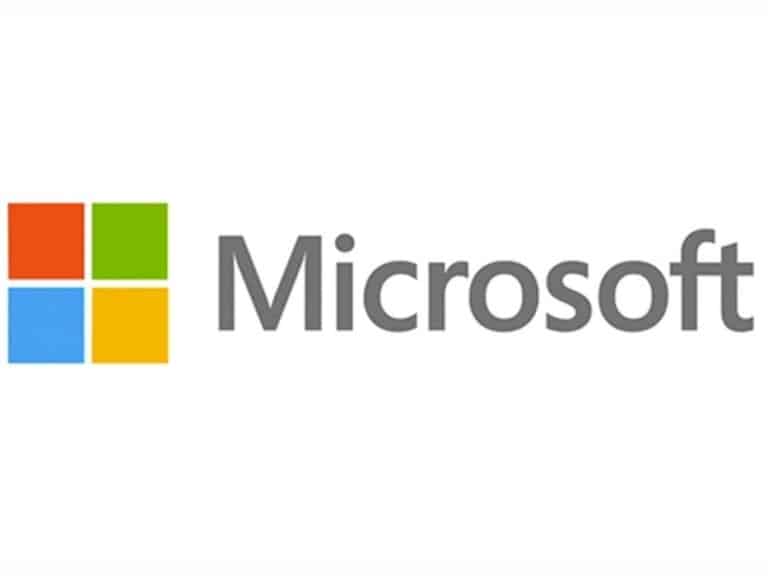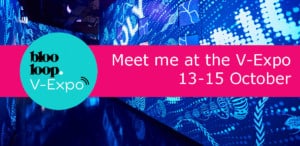Microsoft’s mission is to empower every person and organization to achieve more. This mission is grounded in both the world in which we live and the future we strive to create.
Founded in 1975, Microsoft now operates in 170 countries working across the Museums sector through digital transformations.
Museums aren’t just places to engage with history—they’re alive and give us a deeper understanding of our present and future. Cultural institutions are using Microsoft technology to reimagine the museum experience.
This includes powering artificial intelligence projects, mixed reality exhibitions using their HoloLens 2 technology and cloud-based solutions for online collections.
HoloLens 2
HoloLens 2 is a mixed reality device with apps and solutions that enhance collaboration. It uses Microsoft’s AI and cloud services to give the user an immersive experience. Its increased field of view allows more holograms to be seen at once. Users can easily read text and see details on 3D images.
The ergonomic design of HoloLens 2 means it is a comfortable headset that can even fit over glasses. It is completely wireless, allowing people to move freely around a space while wearing the headset.
Users can touch and move holograms in a natural and instinctive way.
Defying Gravity: Women in Space
Microsoft teamed up with Smithsonian magazine, The Intrepid Sea, Air & Space Museum and Dr Jemison, an astronaut, physician and scientist.
The exhibition, Defying Gravity: Women in Space used Microsoft’s HoloLens headsets to take visitors on a journey through the history of women in the US space program; Dr. Jemison shared these stories, as well as her own.
Microsoft used 106 cameras to capture Dr Jemison simultaneously from every angle so visitors could see and hear a life-sized version of Dr. Jemison in mixed reality. She guided guests through the Defying Gravity experience, as they learned about pioneers in the field.
Open Access at the Cleveland Museum of Art
Open Access is transforming the way the public explores art. The Cleveland Museum of Art is now an Open Access institution, making its artwork available online for the public to share, reuse, remix and explore.
The museum has made over 30,000 images of artwork from its world-renowned collection—along with metadata for 61,000 works of art—accessible online for free. The images are downloadable as JPEGS and TIFS, which means the public can reuse, remix, and share these public domain artworks for virtually any purpose—personal, scholarly, and even commercial.
Microsoft AI helped the museum search through its collection using keywords and metadata in a way that’s accurate, informative, and fun. Search for “food” to find art about eating across eras and continents. Start typing in any area of interest and be inspired by a host of suggested searches.
The idea is to help the public discover new artists, engage with old favourites, find surprising connections, and share the art in a way that fosters a deeper understanding and appreciation.
The Met and Microsoft AI
The Metropolitan Museum of Art launched its Open Access platform in 2017. Now, the museum has collaborated with Microsoft to use its AI to help audiences discover the artwork in its Open Access platform.
The Met has over 1.5 million works of art, and digitising, classifying and tagging each work of art is a huge undertaking.
Collecting the history behind each piece as well as the visual elements is a painstaking process that is very labour intense. When creating its Open Access collection, the museum hired a team of people to examine each image and tag what they saw.
Now, The Met is now exploring artificial intelligence to simplify and scale this process. In particular, the museum has worked on a proof of concept called, Art Explorer, which uses Microsoft’s Cognitive Search to examine each artwork and automatically generate all the information needed to tag and classify the piece in a fraction of the time. (The Art Explorer project was able to process hundreds of thousands of artworks this way in a single night.)
Art Explorer also creates a searchable index that links pieces within the collection. This allows people to search for oil paintings or line drawings, finding what interests them in a completely new way.
Instead of observing static works of art one-by-one, viewers will be able to dynamically curate their experience based on their unique interests. Understanding the innovative ways to harness AI, The Met can create meaningful new ways people connect to art.





